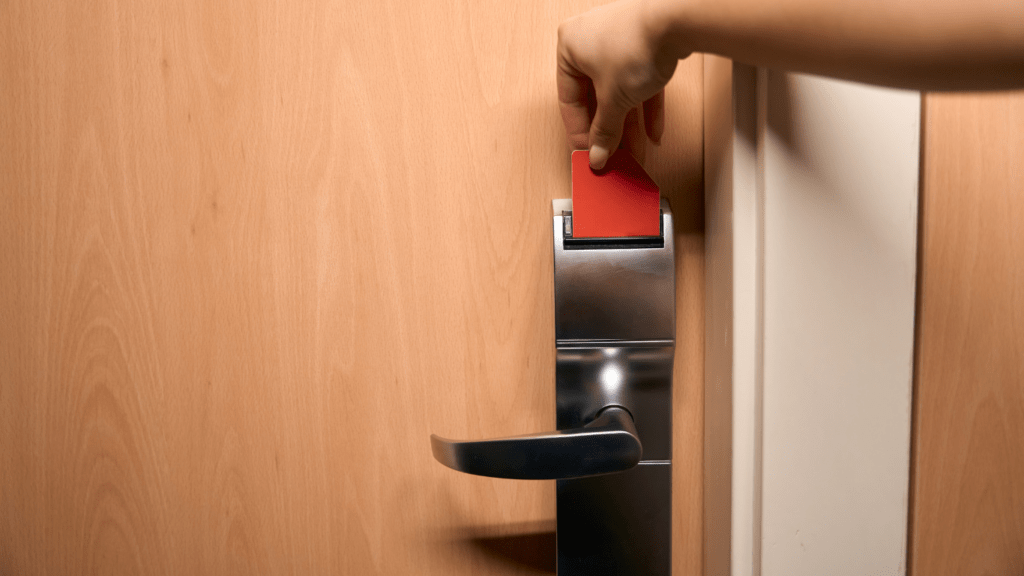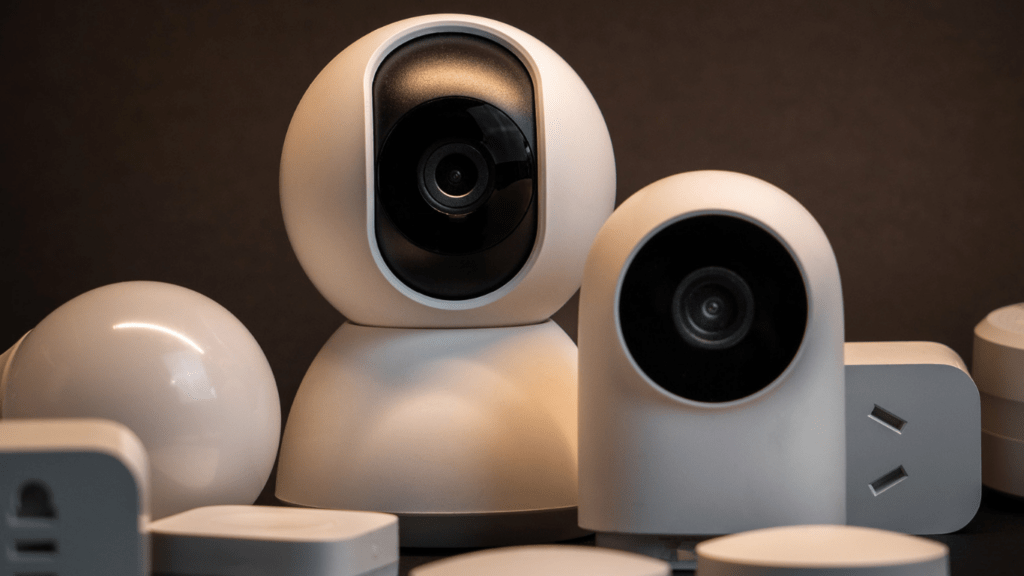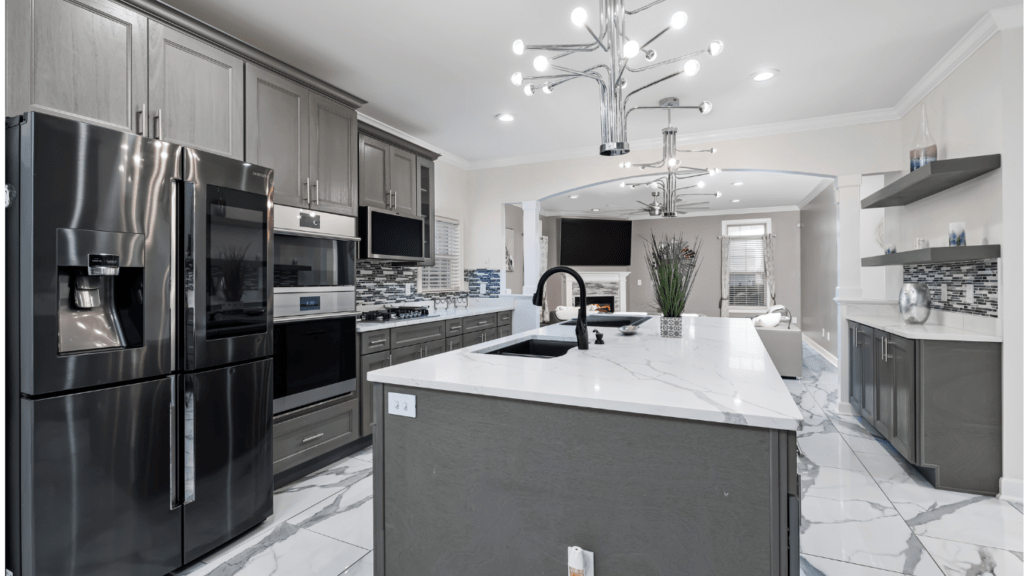What Is Home Automation?
Home automation refers to the use of technology to control various aspects of a home remotely or automatically. This includes managing lighting, heating, security, and entertainment systems. By integrating smart devices, homeowners can achieve a more efficient, secure, and convenient living environment.
Home automation systems rely on a central hub or smartphone app to manage these devices. Examples include smart thermostats adjusting temperatures based on weather conditions, voice assistants like Amazon Alexa or Google Assistant controlling lights, and security cameras accessible from anywhere.
Benefits of home automation extend beyond convenience. Automated lighting can save energy by turning off lights in unoccupied rooms. Smart security systems can provide real-time alerts about unauthorized access. Automated thermostats optimize heating and cooling, reducing energy consumption.
For effective home automation, it’s crucial to choose compatible devices. Many smart devices support standard protocols like Z-Wave or Zigbee, ensuring they work seamlessly together. Additionally, advanced automation setups might include scenarios where multiple actions trigger simultaneously, such as a morning routine that turns on lights, plays music, and adjusts the thermostat.
Benefits Of Home Automation
Home automation transforms everyday living by introducing smart technology to manage various aspects of a home, offering numerous benefits that extend convenience, energy efficiency, and enhanced security.
Convenience And Comfort
- Automating daily tasks significantly enhances the ease of managing a household.
- Smart thermostats adjust the temperature based on my preferences, ensuring a comfortable environment.
- Voice-controlled assistants, like Amazon Alexa or Google Assistant, allow me to control lights, play music, and even manage my calendar through simple voice commands.
- Additionally, automated lighting systems adjust brightness levels according to the time of day or activity, creating a tailored ambiance with minimal effort.
Energy Efficiency
Smart home devices contribute to substantial energy savings. Smart thermostats, such as the Nest Learning Thermostat, optimize heating and cooling schedules based on usage patterns. This not only reduces energy consumption but also leads to lower utility bills. Smart plugs and switches enable me to monitor and control energy usage of individual appliances, turning them off remotely if left on by accident. Smart lighting systems, like Philips Hue, offer features like motion detection and scheduling to minimize unnecessary usage, enhancing energy efficiency further.
Enhanced Security
Home automation significantly bolsters security. Smart cameras and doorbells, such as Ring and Arlo, provide real-time video feeds and alerts for movement around the property. Keyless entry systems, such as smart locks, allow me to grant access to others without needing physical keys, and I can secure or unlock my doors remotely. Additionally, integrated security systems can automate responses, such as turning on lights or sounding alarms when suspicious activity is detected, enhancing overall home protection.
Essential Home Automation Devices

Integrating key devices into a home can greatly enhance its automation. Below are essential gadgets to consider for a smarter living space.
Smart Lighting
Smart lighting systems offer significant convenience and energy efficiency by allowing control through apps or voice assistants. Brands like Philips Hue and LIFX provide customizable options, including color adjustments and dimming. Scheduling features let you automate lighting based on time or activity, enhancing both comfort and security by simulating occupancy even when you’re away.
Smart Thermostats
Smart thermostats, such as those from Nest and Ecobee, adjust temperature settings automatically for optimal comfort and energy savings. They learn user preferences and adjust heating or cooling accordingly. Remote control via smartphone apps ensures the home maintains ideal conditions without wasting energy, significantly reducing utility bills.
Smart Security Systems
Smart security systems include devices like:
- cameras
- doorbells
- keyless entry locks
Brands like Ring and Arlo offer real-time monitoring, motion detection, and instant notifications, providing homeowners with peace of mind. Integrating these devices into a central hub or app enables comprehensive control and instant responses to security threats, enhancing overall home safety.
Tips For Setting Up Your Home Automation System
Setting up a home automation system can transform a house into an efficient, secure, and convenient living space. Here are some tips to get started.
Planning And Budgeting
Start by determining the areas you want to automate. Create a list of priorities, such as lighting, security, and climate control. Next, research the costs of devices and installation. Set a budget based on these estimates to avoid overspending. Factor in potential future upgrades to make sure your budget accounts for long-term needs.
Compatibility And Integration
Choose devices that work well together to ensure a smooth home automation experience. Check for compatibility with existing systems. Use devices that support platform standards like Z-Wave, Zigbee, or Wi-Fi. Look for products that integrate seamlessly with popular smart home hubs like Amazon Echo or Google Home. This allows unified control through a single app or voice commands.
Prioritizing Safety
Ensure that security is a top priority when setting up your home automation system. Implement strong passwords for all devices and update them regularly. Use encrypted networks to protect your data. Keep firmware up to date to safeguard against vulnerabilities. Consider devices with enhanced security features such as two-factor authentication and real-time alerts to stay informed of any suspicious activity.
Advanced Home Automation Ideas
Delving deeper into home automation, several advanced ideas can significantly enhance any living space. Leveraging voice control and AI assistants, setting up automated routines and schedules, and incorporating remote monitoring elevate the smart home experience.
Voice Control And AI Assistants
Devices like Amazon Echo and Google Home enable hands-free control over various home aspects. I can use voice commands to adjust lighting, set thermostats, or play music effortlessly. These AI assistants integrate with a range of smart devices, offering seamless operation. By connecting with services like Amazon Alexa or Google Assistant, I gain centralized control over my home’s functions, enhancing convenience and efficiency.
Automated Routines And Schedules
Smart home systems allow the creation of automated routines tailored to daily habits. For instance, I can set lights to turn on at dusk or the thermostat to lower at bedtime. Platforms like IFTTT enable complex scenarios, combining multiple device actions. Setting routines ensures gadgets operate only when needed, saving energy and adding convenience.
Remote Monitoring
Integrating security cameras, smart doorbells, and sensors, my home is under constant surveillance. Through smartphone apps, I can monitor real-time video feeds, receive instant alerts, and control security devices remotely. Brands like Ring and Arlo offer sophisticated features, including motion detection and cloud storage. Remote monitoring enhances security, providing peace of mind whether I’m home or away.



 Founder & CEO
Irenee Nunezerro is the visionary founder and CEO of Luxe House Maker, with over 15 years of experience in luxury real estate and interior design. Known for her expertise in blending opulence with innovation, Irenee launched Luxe House Maker to provide readers with comprehensive updates on the latest trends in high-end properties, interior décor, and smart home technology. Her passion for creating luxurious, technologically advanced spaces has positioned Luxe House Maker as a leading resource for those seeking to elevate their lifestyles. Irenee’s commitment to delivering cutting-edge content ensures that Luxe House Maker stays at the forefront of the luxury market.
Founder & CEO
Irenee Nunezerro is the visionary founder and CEO of Luxe House Maker, with over 15 years of experience in luxury real estate and interior design. Known for her expertise in blending opulence with innovation, Irenee launched Luxe House Maker to provide readers with comprehensive updates on the latest trends in high-end properties, interior décor, and smart home technology. Her passion for creating luxurious, technologically advanced spaces has positioned Luxe House Maker as a leading resource for those seeking to elevate their lifestyles. Irenee’s commitment to delivering cutting-edge content ensures that Luxe House Maker stays at the forefront of the luxury market.
